Szechuan Spice Safari: A Flavor-Packed Journey for Your Taste Buds!
Welcome to the fiery, tingling, mouth-watering world of szechuan spice! Whether you're a home cook who’s ready to spice up your stir-fry or a pro chef hunting for that perfect numbing heat, this guide is your golden ticket into the heart of Szechuan cuisine. Buckle up and prepare your taste buds — we’re going on a flavor safari like no other.
Table of Contents
- The Magic Behind the Tingling Burn
- Top 5 Szechuan Ingredients You Should Know
- How to Cook with Szechuan Flavors Like a Pro
- Comparing Szechuan Peppercorns: Which One's Right for You?
- Buying Guide: What to Look for in Szechuan Spices
- Beyond the Kitchen: The Culture of Szechuan Spice
- Final Thoughts: Let Your Inner Spice Explorer Shine
The Magic Behind the Tingling Burn
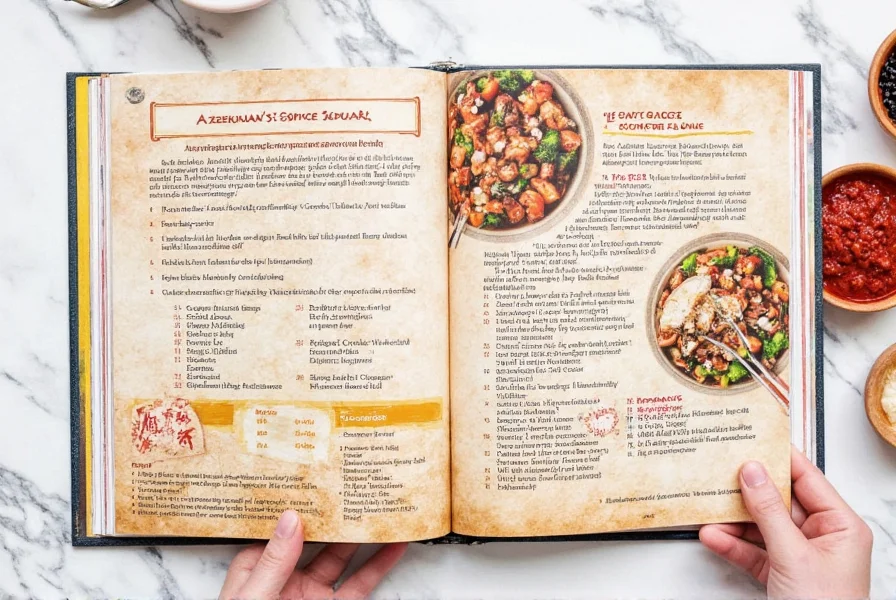
You’ve probably heard about it — that weird, buzzing numbness that hits your tongue after one bite of mapo tofu or dan dan noodles. It’s not chili heat (though there’s plenty of that too), it’s something called paraesthesia, caused by a compound called hydroxy-alpha-sanshool found in Szechuan peppercorns.
Native to China’s Sichuan province, these aren’t really peppers at all — they come from the Zanthoxylum genus, making them relatives of citrus fruits more than capsaicin-laced chilies. And here’s the kicker: they don’t burn; they buzz.
Why Szechuan Reigns Supreme
- Balance of flavors: Sweet, sour, salty, bitter, umami — and yes, spicy — all play together in harmony.
- Texture contrast: Crisp, soft, chewy textures keep each bite exciting.
- Aroma explosion: From toasted garlic to scallion oil and chili paste, Szechuan dishes are fragrant fireworks.
Top 5 Szechuan Ingredients You Should Know
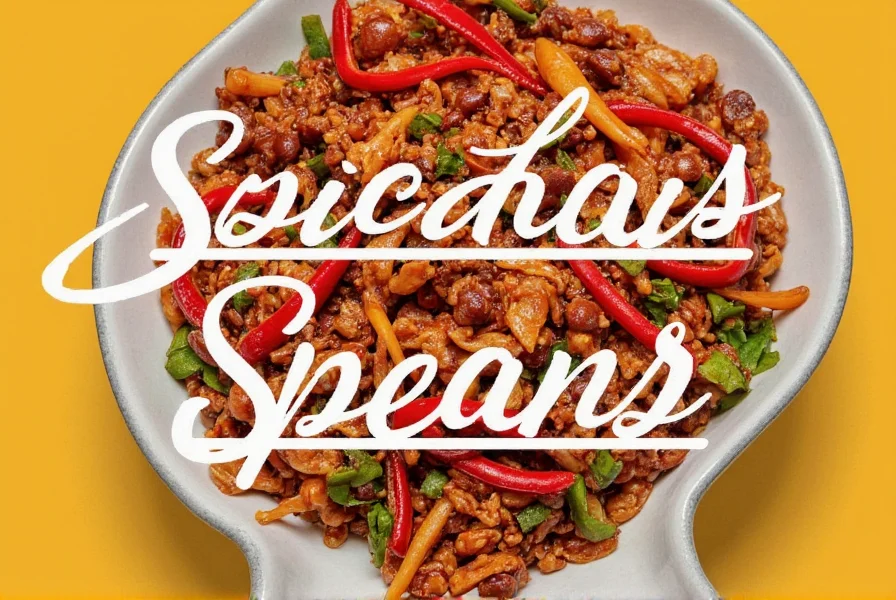
If you want to master Szechuan cooking, you need the right tools. Here are five must-have ingredients that form the backbone of authentic Szechuan spice blends and dishes:
- Dried Red Chilies – The fire behind the fury. Used whole, crushed, or powdered.
- Szechuan Peppercorns – The star of the show. Available in red and green varieties.
- Garlic and Ginger – The aromatic foundation of most Szechuan dishes.
- Chili Bean Paste (Toban Djan) – Adds depth, saltiness, and earthy heat.
- Scallions & Star Anise – For garnish and fragrance boosts.
How to Cook with Szechuan Flavors Like a Pro
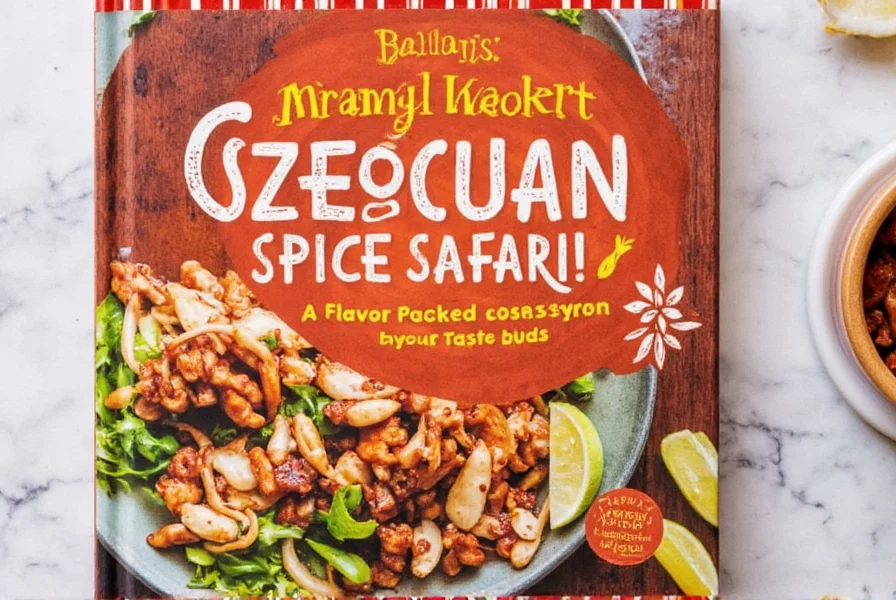
Cooking with Szechuan spices isn’t just about slapping on heat — it’s an art form. Follow these tips to nail the balance of numb, hot, savory, and sweet:
- Toast your spices first: Lightly toast Szechuan peppercorns and dried chilies to unlock their aroma before grinding or adding to oil.
- Oil infusion magic: Heat aromatics slowly in oil to build layers of flavor without burning them.
- Balancing act: Always use a touch of sweetness (like sugar or honey) to offset intense spice.
- Use fresh herbs: Cilantro and scallions brighten up even the spiciest bowls.
- Don't rush: Let sauces simmer so flavors can meld together beautifully.
Comparing Szechuan Peppercorns: Which One's Right for You?
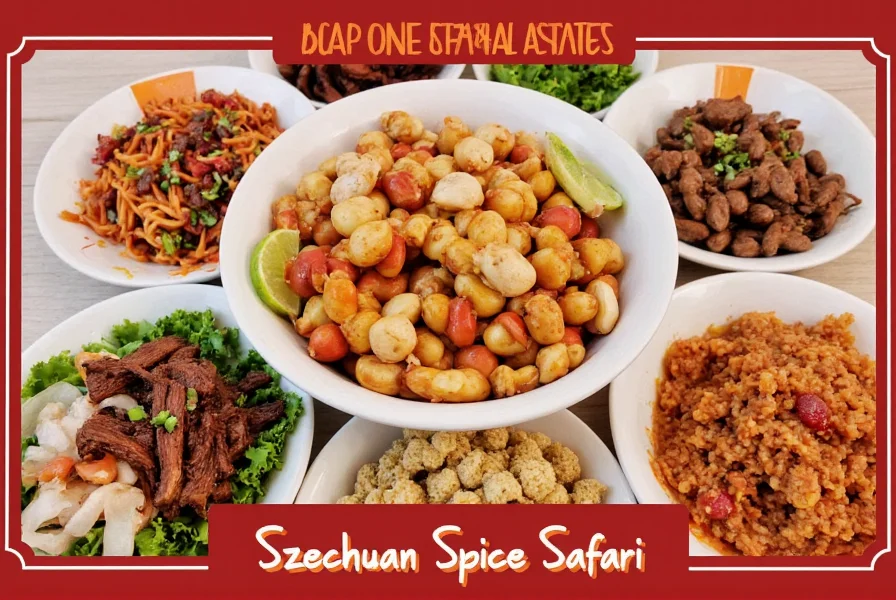
Not all Szechuan peppercorns are created equal. Here’s a quick breakdown to help you pick the best one for your needs:
| Type | Flavor Profile | Numbing Level | Best Use |
|---|---|---|---|
| Red Szechuan Peppercorns | Earthy, woody, slightly floral | Medium | General cooking, chili oils |
| Green Szechuan Peppercorns | Fresher, citrus-forward, grassy | High | Seafood, cold dishes, finishing touches |
| Smoked Szechuan Peppercorns | Smoky, rich, deep flavor | Medium-High | BBQ, grilled meats, rubs |
| Ground Szechuan Pepper | Concentrated, bold | Varies | Seasonings, marinades, sprinkled over dishes |
Buying Guide: What to Look for in Szechuan Spices
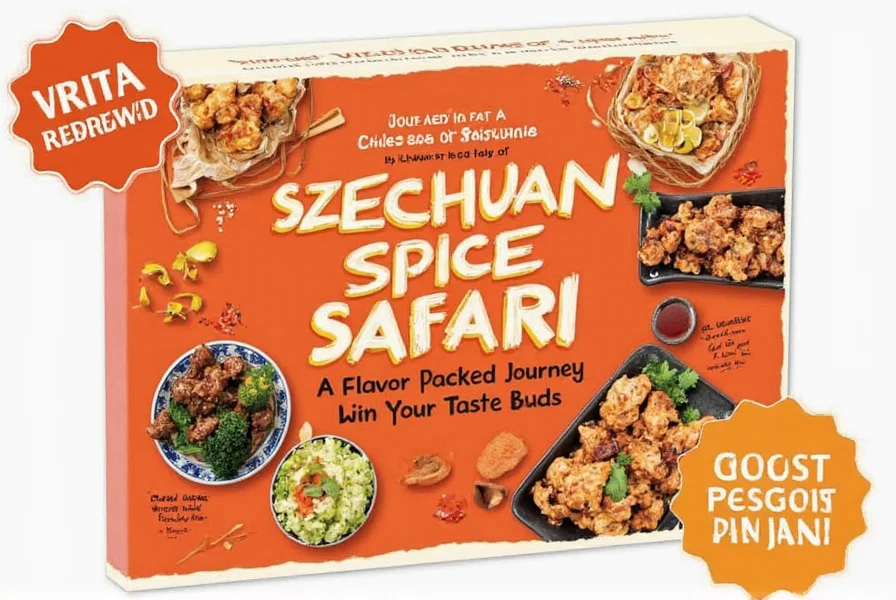
Whether you’re shopping online or hitting up your local Asian grocery store, quality matters. Here’s how to spot the good stuff:
What to Look for When Buying Szechuan Peppercorns
- Color: Deep reddish-brown for red peppercorns, vibrant green for green ones.
- Smell: Strong, citrusy, and slightly floral when crushed.
- Texture: Dry but not brittle. Whole peppercorns should crack easily between fingers.
- Purity: Avoid products with stems, seeds, or filler materials unless specified.
- Storage: Buy in small quantities and store in airtight containers away from light.
Top Picks for Szechuan Spices
- Hong Xing Szechuan Peppercorns (Red):
- Features: Air-dried, clean scent, consistent size
- Advantages: Great for chili oil and braised dishes
- Target Audience: Home cooks and professional chefs
- Best For: Everyday Szechuan cooking
- Lao Peng Green Szechuan Peppercorns:
- Features: Vibrant green color, strong numbing effect
- Advantages: Perfect for delicate seafood dishes and garnishing
- Target Audience: Gourmands and spice explorers
- Best For: Finishing dishes or cold appetizers
- Tianfu Smoked Szechuan Pepper:
- Features: Naturally smoked, complex flavor
- Advantages: Adds depth to grilled dishes and spice rubs
- Target Audience: BBQ lovers and experimental chefs
- Best For: Grilled meats, charcuterie, fusion recipes
Beyond the Kitchen: The Culture of Szechuan Spice
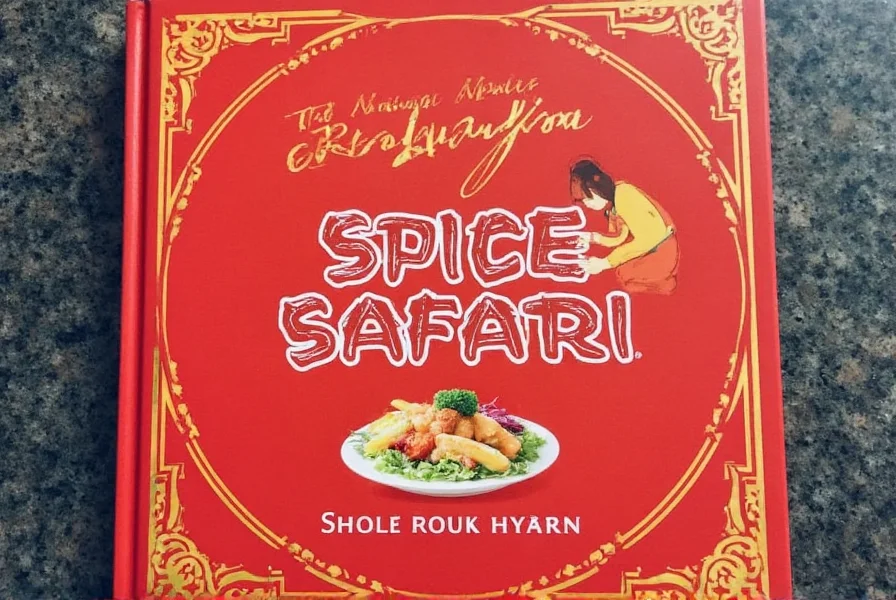
Szechuan cuisine isn’t just about heat and numbness — it’s deeply rooted in history, geography, and philosophy. Known as one of China’s eight great culinary traditions, Szechuan food thrives in a humid region where warming, drying spices helped preserve food and balance moisture in the body.
The famous “seven flavors and eight tastes” doctrine highlights the complexity of the cuisine:
- Seven flavors: Sweet, sour, bitter, spicy, salty, fragrant, and numbing
- Eight cooking methods: Stir-fry, steam, braise, boil, smoke, roast, dry-pot, and hot pot
From street food stalls to high-end restaurants, Szechuan flavors bring people together. In fact, some say the best way to make new friends is through a shared plate of hot pot!
Final Thoughts: Let Your Inner Spice Explorer Shine
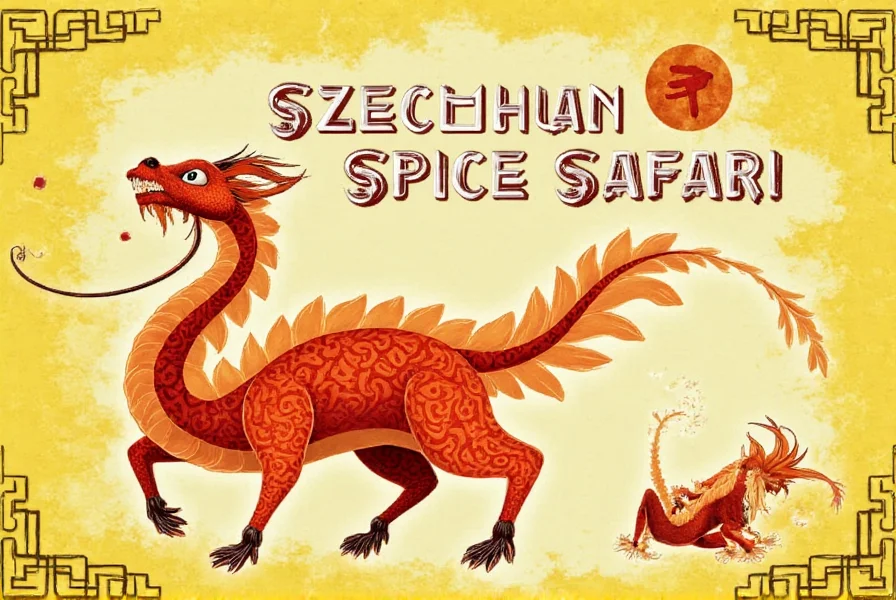
Whether you're dipping your toes into Szechuan cuisine or diving headfirst into a bubbling hot pot, there’s always room to experiment and explore. With its unique blend of flavors, textures, and sensations, Szechuan spice offers endless opportunities to impress your palate and those lucky enough to share your meals.
So go ahead — embrace the tingle, chase the heat, and let your inner spice explorer shine. Your next culinary adventure starts now!











 浙公网安备
33010002000092号
浙公网安备
33010002000092号 浙B2-20120091-4
浙B2-20120091-4